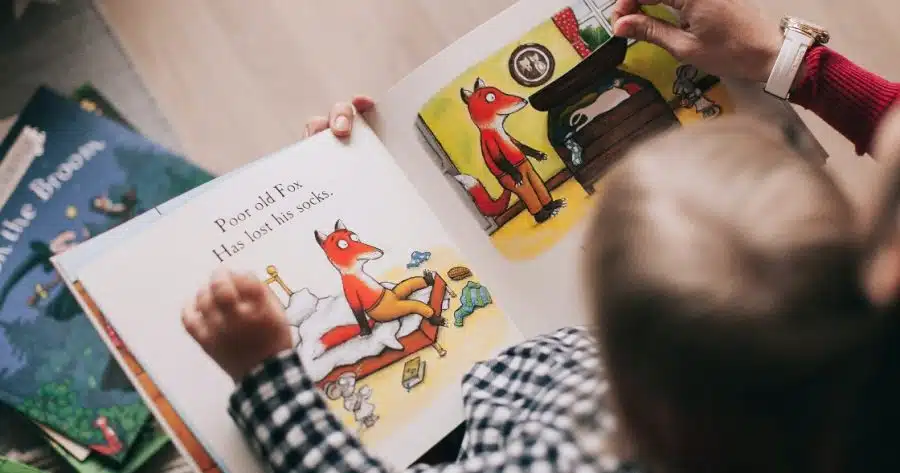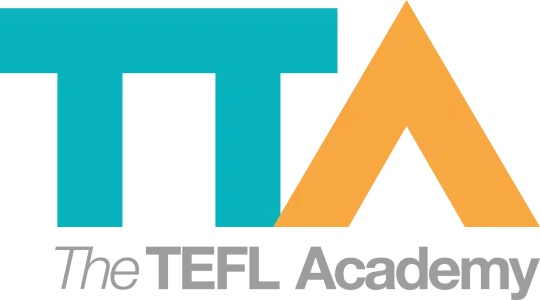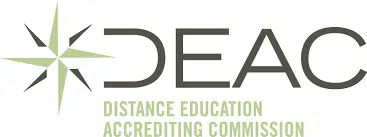Activities For Reading Lessons
Join a global community of over 200,000 TEFL teachers working throughout the world! Enrol me!
When teaching English as a foreign language, you will not only teach the grammar and vocabulary of the language but also the four skills: reading, listening, writing, and speaking.
Reading and listening are known as receptive skills – because you receive language through them. Writing and speaking are known as productive skills – because you produce language through them.
When it comes to teaching these skills, we are not only concerned with teaching our students how to read or write (i.e. literacy) but also the subskills involved when reading, writing, listening, or speaking. Luckily, there are plenty of activities for reading lessons to keep your students engaged!
Read more: EFL Classroom Reading Skills Activities

Reading is one of the trickier skills to teach
You might have assumed that when teaching a reading lesson there are no activities involved, that all the students do is read. Wrong!
We need to come up with activities that will help our students practice the different subskills.
Don’t worry, this is where we come in!
We’ve compiled our favourite activities for reading lessons that you can incorporate into your teaching plan. This will help prepare our students for any reading they need to do in English outside the classroom by making them more effective and more efficient readers.
If you’re feeling like this just got a whole lot more complicated, don’t freak out! Luckily there are a load of activities and things you can do to make your reading lessons more interactive, communicative, and fun while being educational at the same time – regardless of if your text is a menu, a news article, or a novel.
Read more: Literature in the EFL Classroom

Here are just a few examples:
- Gap reading. This is a technique used in many coursebooks. It’s useful to remember when dealing with other reading material. Basically, divide the text into different parts and assign each part to a different member of a group – usually this is done in pairs or threes. In other words, each student is reading a different part of the text. When each student has finished reading their part, they explain what they have read to their partners in order to construct the entire text.
- Prediction. Before giving out the text, spend some time discussing the topic of the text. Create discussion questions for the students, or get them to come up with the questions; you can brainstorm the topic, or you can use visuals to elicit discussion around the topic. In this way, the students are preparing themselves for what they are going to read and at the same time engaging with the topic on a personal level before they have even started reading.
- Two Texts. For this activity, you will need to do some prep. Before the lesson, produce another version of the text which contains several discrepancies to the first. Pair the students up, let them read the different versions. When they are done they need to find out what the differences are. If you don’t tell them they have different versions but ask them to recap what they read together, they should realise they have different information. When they have found all the differences (kind of like a Spot the Difference picture), they must then decide which is the correct text.

Mix it up!
- True/False. Once the students have read a particular text, they construct a set of true or false statements based on what they have read. In pairs, they read their statements to their partners who must either remember or read again to find out if they are true or false.
- Flipping. A completely different option is to let the students do the reading at home. Many students believe that reading during class is a waste of time so sometimes it can be good to let them rather spend time reading at home. This also means that your students can read at their own pace. The reading can be done before or after the lesson i.e. for preparation or for homework. What the lesson involves is discussing any language that is in the text or creating a discussion class based on the text.
- Drawing the Story. Put the students into pairs. One student reads aloud to the other student who draws a picture as they listen. This can be abstract. It does not need to follow the content of the text completely, but it should flow from the reading. When their picture is complete they can use it to retell the text to their partner. The reader can then have a turn being the artist.
Consider alternatives
As you can see, reading lessons do not only have to involve reading.
Pre-reading and post-reading tasks are important for the students to get to grips with the text while practicing the subskills involved in reading. It can be useful to consider alternatives to individual reading. Working together with a text provides a way to tackle a reading text from another angle and will provide variety to your lessons. Because reading is an individual task, we need to adjust our activities to make them more interactive while still being interesting, engaging, and effective.
As with any EFL lesson, when thinking of activities to do with your students, bear in mind their interests and capabilities. Some students won’t read for homework so flipping the classroom might not work for them. Other students might thoroughly enjoy being creative so would love to draw the story.
Also, the level of the students is important when dealing with a skill like reading because you will need to bear in mind the fact the students can read at different paces. This is something to consider when pairing students up for reading activities.
Do you have any ideas for reading activities in the classroom? Let us know and we can add it to our list!
Accreditation & Quality Assurance
The TEFL Academy was the world’s first TEFL course provider to receive official recognition from government regulated awarding bodies in both the USA and UK. This means when you graduate you’ll hold a globally recognised Level 3 (120hr) Certificate or Level 5 (168hr) Diploma, meaning you can find work anywhere and apply for jobs immediately.
 United States
US
United States
US












